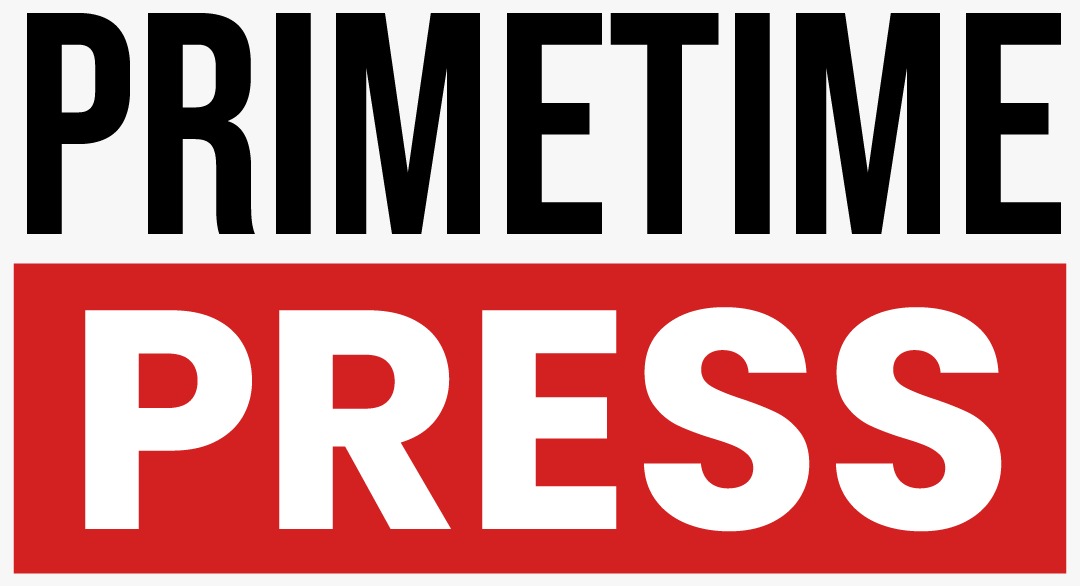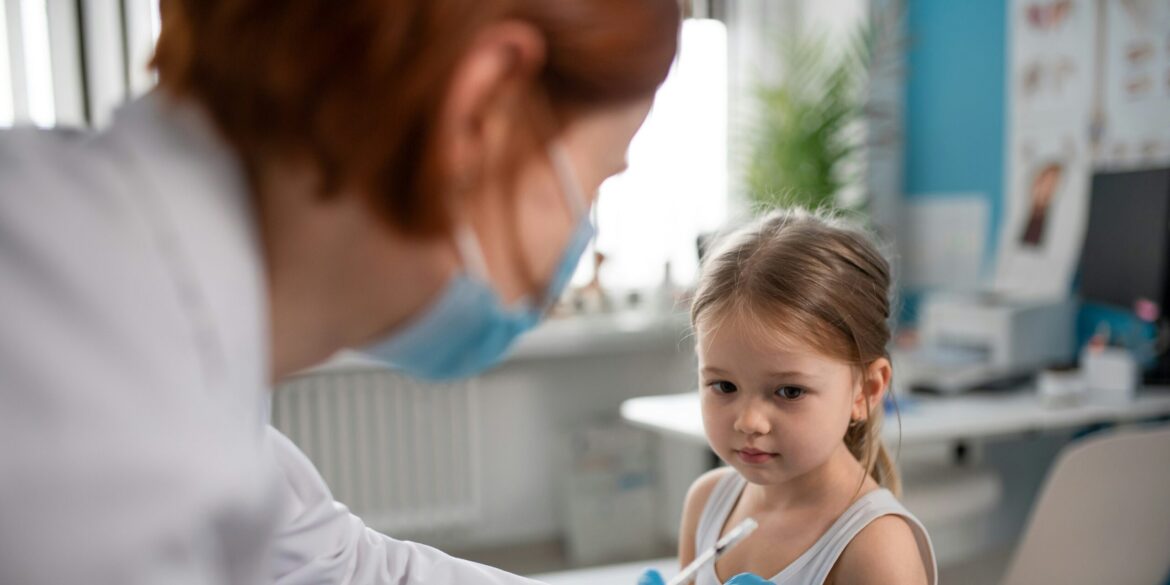As the 2025–26 vaccination season begins, health experts across the United States are sounding the alarm over a projected decline in vaccination uptake, particularly among older adults. According to a detailed briefing issued on October 28, 2025, by KFF Health News, overall vaccination rates could fall by approximately 12 percent compared to the previous season. More concerning is the anticipated drop of over 14 percent among adults aged 65 and older—a demographic that is among the most vulnerable to severe outcomes from preventable diseases like influenza, respiratory syncytial virus (RSV), and COVID-19.
This downward trend in vaccinations is emerging against the backdrop of several intersecting challenges. Health officials attribute the decrease to widespread fatigue from ongoing public health campaigns, cost-related barriers to access, and reduced effectiveness of outreach programs, some of which have been hampered by delays or cutbacks in federal funding. These factors, taken together, have weakened the infrastructure that typically supports large-scale seasonal vaccination efforts, especially those targeting high-risk populations.
Older adults are at particular risk this season. Many rely on regular immunizations to reduce the likelihood of hospitalizations from flu and RSV—illnesses that, while common, can be deadly for individuals with underlying conditions or weakened immune systems. With fewer older adults expected to receive recommended vaccines this year, hospitals and care facilities may see an increase in emergency visits and inpatient admissions during the peak of flu season. Health systems that are already managing staffing shortages and financial constraints may be strained further if preventable illnesses rise.
The expected decline has prompted a renewed push from healthcare providers and public health organizations. Experts are urging a multifaceted response: targeted messaging campaigns, expanded pharmacy-based immunization services, and mobile vaccination units that can reach underserved areas. There is also growing consensus that more must be done to rebuild public confidence in vaccinations, which has waned in some segments of the population due to fatigue and misinformation.
Additionally, healthcare economists point out that the financial pressure on public health departments is exacerbating the problem. In many regions, budget shortfalls have led to cuts in communication programs, local outreach workers, and vaccination subsidies that previously made immunizations accessible and affordable. Without swift intervention or new funding streams, some local jurisdictions may struggle to meet demand or even maintain baseline vaccination services.
The data shared in the KFF Health News briefing also raises questions about long-term trends. Public health officials worry that if this season’s dip becomes the new normal, it could reverse decades of progress in vaccine-preventable disease control. Herd immunity thresholds may become harder to reach, and vulnerable groups—including the elderly, immunocompromised individuals, and children—could face elevated health risks in the years to come.
For now, medical professionals are working to make the most of existing infrastructure. Many primary care practices and community clinics are launching reminder campaigns via text and email, offering flexible hours for walk-in appointments, and engaging in direct conversations with patients to encourage immunization. Pharmacies, which have taken on a larger role in public health since the COVID-19 pandemic, are also ramping up efforts to provide flu and RSV shots without requiring appointments.
The private sector, too, may play a role in closing the gap. Some large employers and health insurers have started offering vaccination incentives or on-site clinics to encourage uptake among working adults and retirees. However, such efforts are inconsistent across the country and depend heavily on local partnerships and resources.
As the season unfolds, the stakes remain high. Public health leaders emphasize that vaccinations are not just about individual protection but are a collective responsibility that helps safeguard entire communities. While the projected decline in vaccination rates is a cause for concern, it also presents an opportunity to reimagine how the nation approaches preventive health—through more inclusive outreach, better funding mechanisms, and stronger engagement with local communities.
The coming weeks will be critical. Whether through coordinated messaging, expanded access, or renewed investment in public health systems, efforts to reverse the decline must accelerate. For healthcare providers, policymakers, and everyday Americans alike, the goal is clear: ensure that this season’s vaccines reach those who need them most, and protect the health of the nation as a whole.

